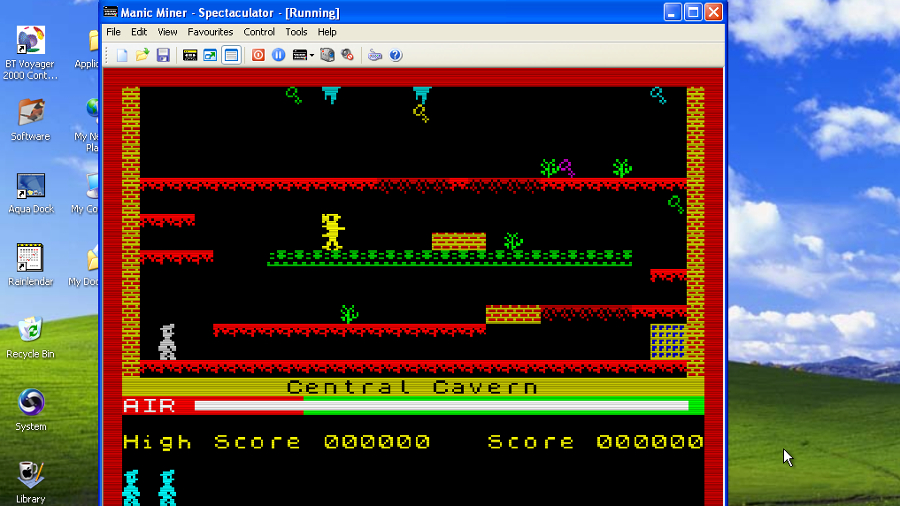
- Best mac computer for playing retro games archive#
- Best mac computer for playing retro games software#
- Best mac computer for playing retro games series#
Sold as “the friendly computer” the Vic-20 was designed for accessibility, with a low price ($300), colourful graphics, a ROM cartridge port and lots of accessories. Text-based adventures flourished, including Zork and the first titles from genre legend Scott Adams.

Best mac computer for playing retro games software#
But it was affordable and widely available in the US from the omnipresent RadioShack stores, leading to a healthy software development scene. Originally paired with a monochrome monitor (basically a cheap black-and-white TV set) and a standard cassette deck, the TRS-80 was nicknamed the Trash-80 by fans of the Apple II and Commodore PET.

Best mac computer for playing retro games archive#
Text favourite … the Tandy TRS-80 Model 100, Photograph: Nicole Lacourse/Guardian News & Media Archive Basically an arcade machine disguised as a PC. Sharp X68000 (1987)Ī key Japanese personal computer of the late 1980s, the X68000 featured a 16-bit Motorola 68000 CPU, like the Atari ST and Amiga, but with added graphics performance including support for hardware sprites and hardware scrolling, allowing almost perfect conversions of coin-op classics such as R-Type and Final Fight. With excellent graphics and sound, it was a good gaming workhorse and many users cherished its outsider status amid the Spectrum v C64 playground wars. Unfairly considered the also-ran computer of the 1980s, the Amstrad was acclaimed on arrival thanks to its impressive specs and integrated design, which included the keyboard and tape deck into one stylish unit.
Best mac computer for playing retro games series#
Initially only programmable through a series of RAM switches on the front, it was hardly a mass-market product, but it got a lot of young nerds into coding (most famously Bill Gates and Paul Allen), and adding a terminal and monitor allowed simple games development.

Photograph: Future Publishing/Future/Getty ImagesĪvailable via mail order for just $400 (a fraction of the cost of commercial computers at the time) and built around the 2MHz Intel 8080 CPU, the Altair effectively kickstarted the home microcomputer industry. It was initially well supported with games, many of them converted from the Beeb, but it was costly to manufacture and too sensible to really trouble the puckish Speccy. Acorn Electron (1983)ĭesigned to compete with the ZX Spectrum, the Electron was a budget version of the BBC Micro, using the same Synertek 6502A processor and operating system, and similar BASIC language. A legendary digital music machine thanks to its built-in Midi interface, the Atari struggled to compete as a games platform. The first home computer to feature a colour graphical user interface and powered by a 16-bit Motorola 68000 CPU, with 512KB of RAM, the Atari ST seemed like the future … until the Commodore Amiga arrived two months later. Despite this, Dragon Data went bust in 1984. Admittedly, I put the Dragon on the list instead of another great Swansea-made machine, the Sam Coupe, because I designed two hit games for the system: Impossiball and Utopia. However, its eccentric graphics hardware gave every game a garish green tinge, and its most iconic gaming character was a bespectacled schoolboy named Cuthbert. Manufactured by Swansea-based Dragon Data (an offshoot of traditional toy company, Mettoy), this 32k machine featured an advanced Motorola MC6809E central processor, decent keyboard and excellent analogue joypads.


 0 kommentar(er)
0 kommentar(er)
